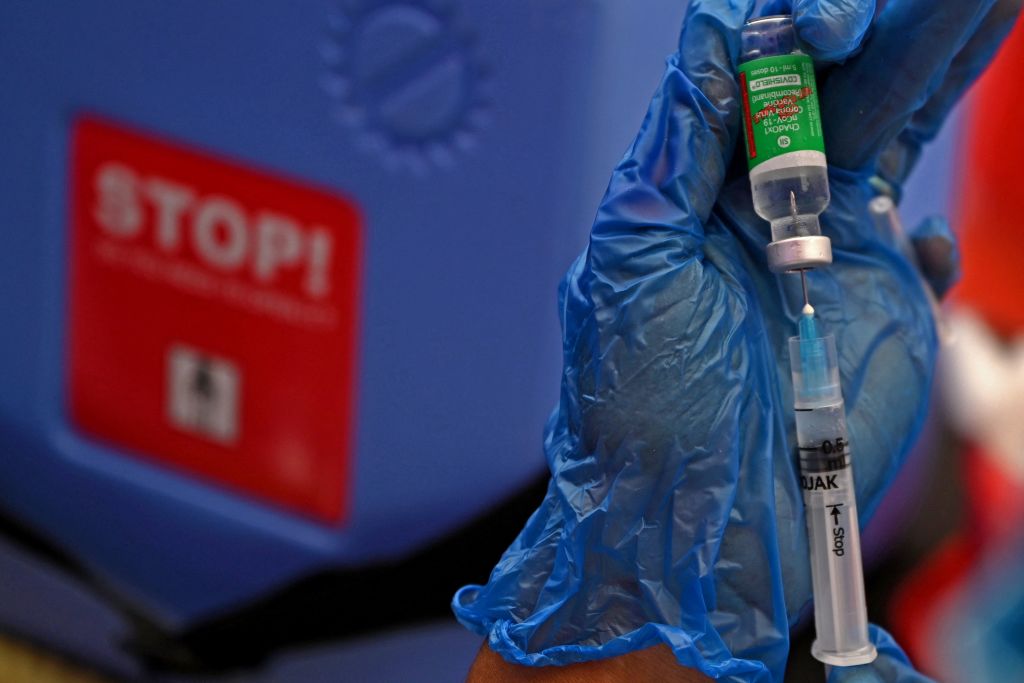While the Indian variant continues to dominate the headlines in Europe, India itself seems to have dropped out of the news a bit. What is going on there?
It was reported yesterday that India notched up a record number of COVID deaths on Tuesday — 4,525 — which indeed was the record of any country during the pandemic. However, that number needs to be put in the context of the country’s population of 1.3 billion. Grim as it is, it works out at 3.5 deaths per million. This is a fraction of the 27.6 deaths per million recorded in Britain on January 20, 2021.
Tuesday’s figure is also likely to be the high tide mark in India’s second wave of COVID. New infections in India have now been falling for two weeks. They peaked at 412,618 on May 5. Exactly two weeks later (yesterday) they had fallen to 287,156. Again, to put this in context, it works out at 317 cases per million Indian inhabitants. By contrast, Britain recorded 68,053, or 1,031 cases per million, on January 8. This turned out to be the peak of the second wave.
Of course, caution has to be applied to comparing statistics between countries, as different recording standards often apply. How many cases a country records is highly dependent on how much testing is done.
There are also different ways of counting deaths. Anecdotal evidence from India’s first wave last summer suggested COVID was not being recorded on death certificates, in spite of the individual having shown symptoms. In some places, if patients were not tested, their death would not be recorded as COVID-related. But it is impossible to quantify any extent of under-counting. Equally, there have been problems in other countries, like Britain, in defining what constitutes a COVID death.
Public Health England’s headline measure — the figures quoted above — defines it as a case where someone has died within 28 days of testing positive for COVID. That could include someone who had mild symptoms and went on to be run over by a bus, yet exclude someone who died after spending 29 days in intensive care.
Certainly, India has had a punishing few weeks. Reports of bodies turning up in the Ganges and so on adds to the sense of a runaway epidemic. But is the overall toll worse than during Britain’s second wave, when the Kent variant was on the loose? The raw figures would suggest otherwise, yet it is hard to be certain.
What we can be fairly sure about, in other words, is that India’s second wave has peaked. That doesn’t mean there can’t be a third wave, of course. But it does have implications for fears about the Indian variant. The failure of the Indian variant so far to provoke a UK-wide surge in cases — the seven day average for new infections was showing a one percent fall yesterday, and the ebbing of the second wave in India may well lead to a fall in concern about the variant in Britain.
This article was originally published on The Spectator’s UK website.


















